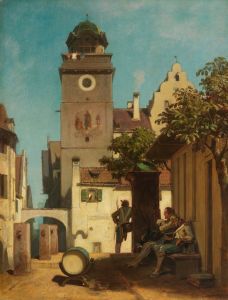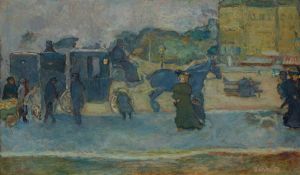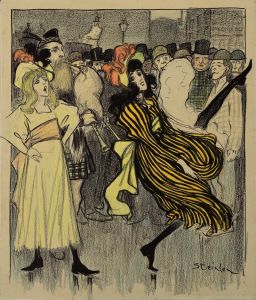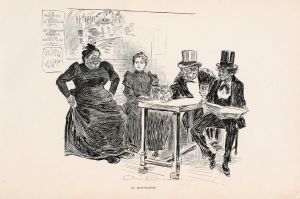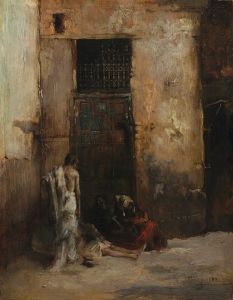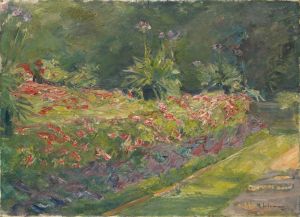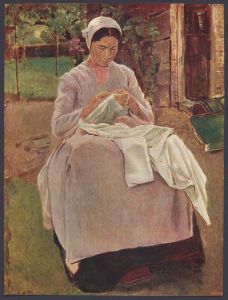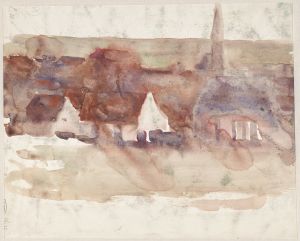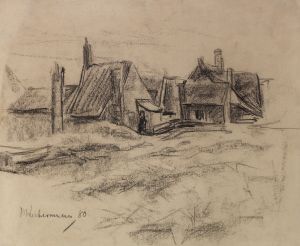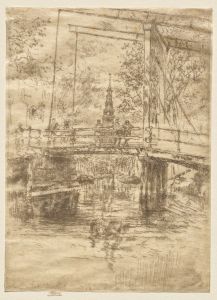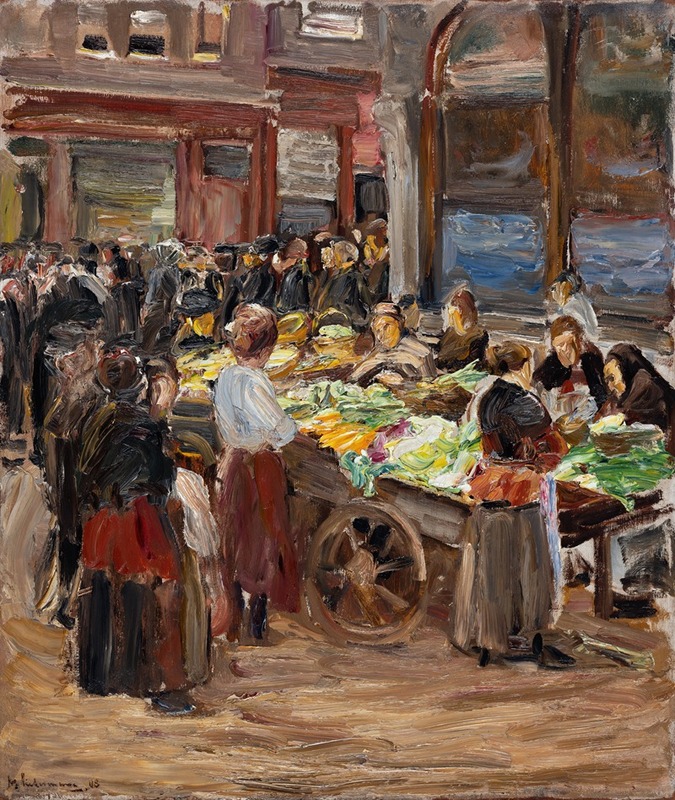
Jewish Street in Amsterdam
A hand-painted replica of Max Liebermann’s masterpiece Jewish Street in Amsterdam, meticulously crafted by professional artists to capture the true essence of the original. Each piece is created with museum-quality canvas and rare mineral pigments, carefully painted by experienced artists with delicate brushstrokes and rich, layered colors to perfectly recreate the texture of the original artwork. Unlike machine-printed reproductions, this hand-painted version brings the painting to life, infused with the artist’s emotions and skill in every stroke. Whether for personal collection or home decoration, it instantly elevates the artistic atmosphere of any space.
"Jewish Street in Amsterdam" is a painting by the German-Jewish artist Max Liebermann, who was a prominent figure in the Impressionist movement. Liebermann was born on July 20, 1847, in Berlin, Germany, and became one of the leading artists of his time, known for his depictions of everyday life and his ability to capture the essence of his subjects with loose, expressive brushwork.
The painting "Jewish Street in Amsterdam" was created during Liebermann's visit to the Netherlands, a country that significantly influenced his artistic style. The exact date of the painting is not clearly documented, but it is known that Liebermann frequently visited the Netherlands in the late 19th and early 20th centuries. The painting reflects Liebermann's interest in capturing the vibrancy and diversity of urban life, particularly in Jewish neighborhoods.
Amsterdam, during the time of Liebermann's visits, was home to a significant Jewish community, which had a rich cultural and social life. The Jewish quarter, known as the Jodenbuurt, was a bustling area filled with markets, synagogues, and a variety of small businesses. Liebermann was drawn to this lively environment, and his painting captures the essence of the street life in this vibrant community.
In "Jewish Street in Amsterdam," Liebermann employs his characteristic Impressionist style, using loose brushstrokes and a muted color palette to convey the atmosphere of the scene. The painting is notable for its dynamic composition, which draws the viewer's eye through the bustling street filled with figures engaged in their daily activities. The play of light and shadow in the painting adds depth and movement, creating a sense of immediacy and presence.
Liebermann's work often focused on themes of everyday life, and "Jewish Street in Amsterdam" is a testament to his ability to find beauty and significance in ordinary scenes. His depiction of the Jewish community in Amsterdam is both a celebration of its cultural richness and a reflection of the artist's own heritage. As a Jewish artist in Germany, Liebermann was acutely aware of the social and political challenges faced by Jewish communities in Europe, and his work often subtly addressed these themes.
Throughout his career, Liebermann remained committed to capturing the human experience in all its forms. His paintings, including "Jewish Street in Amsterdam," are characterized by their empathy and attention to detail, offering a window into the lives of the people he portrayed. Liebermann's contributions to the art world were significant, and his works continue to be celebrated for their technical skill and emotional depth.
Max Liebermann passed away on February 8, 1935, in Berlin, leaving behind a legacy of artwork that continues to be studied and admired. "Jewish Street in Amsterdam" remains an important piece within his oeuvre, exemplifying his mastery of the Impressionist style and his dedication to portraying the vibrancy of urban life.





